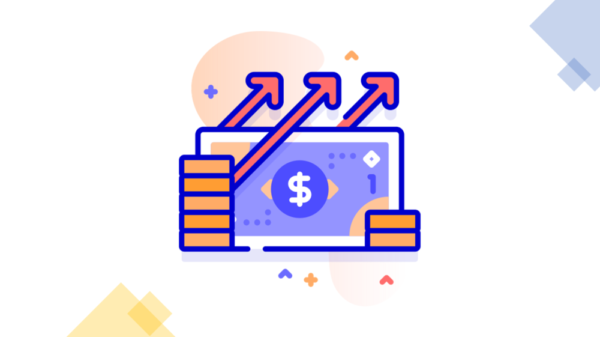Before you purchase anything, be it a smartphone or a car, you would want to assess the brand’s history, explore its performance features, reviews, etc., to check if it’s worth your investment. The same applies to the trading strategy that you are using to make effective trading decisions. Before you use any trading strategy, you need to trace the historical performance and test its efficacy in preceding periods.
Backtesting is an essential backbone when it comes to any trading system. Without it, the trader will not have any reliable parameters to define the future performance of trade movements. It helps develop a conviction on the trading strategy. However, how to perform backtesting to come up with the best trading strategies?
The answer lies in a useful backtesting software that can empower you to thoroughly put your trading strategies to the test and hone the strategies to make them reliable. While taking a manual route for backtesting is always an option, it is more time-consuming, complex, and less efficient than an automated system.
Let’s explore the benefits and drawbacks of either backtesting methodologies and understand which can be the right choice to help you come up with viable trading strategies:
What is Manual Backtesting?
Manual backtesting involves a trader to go back in history to find all of the trades relevant to their trading strategy rules and then record that data. With this data on hand, the trader can then see vital data points, including the historical wins and losses, the largest run-ups /drawdowns in the account, the consecutive win to loss ratio, etc. This will then empower the trader with confidence in using the strategy and whether to trade it live.
Benefits of Manual Backtesting
- Anyone can do it.
- There are no upfront costs.
- You can gain more understanding of the markets working your way through all data and calculations.
Pain Points of Manual Backtesting
- Fetching all the data and checking its authenticity
- Creating your indicators using a mathematical formula, statistical models, and other complex calculations
- Studying the charts and conditions manually
- Prone to emotional decisions and biases that can hinder making effective decisions
- You can backtest mostly one strategy at a time
What is Automated Backtesting?
On the other hand, you can create an automated script that will do the backtesting for you if you know the coding basics. Else you can consider using backtesting software wherein the system will automatically populate the data based on the rules coded into the system and provide a historical report with an assessment of all vital data points. You need not have coding knowledge, and with the software, you can easily fetch all the data and run calculations with a single click.
Once you’ve come across a soundproof of concept and strategy, you can examine your hypothesis on a much larger data set through an algorithmic and programmatic route.
Benefits of Automated Backtesting
- It saves time and is very simple to compile and assimilate data with more historical data to work with.
- Pause, rewind, and fast-forward historical data in multiple timeframes to make accurate calculations and optimize strategies.
- Simulate real-time market conditions to optimally test your strategies before taking the plunge and laying down money in real markets.
- You can backtest multiple strategies in a single integrated portfolio.
- Diverse spread of data across multiple exchanges, symbols, equities, futures, forex, currencies, etc.
- Optimize the parameters of a complete portfolio of strategies under a single platform.
Drawbacks of Automated Backtesting
- If you are not opting to get backtesting software, you need to know coding to develop a script for running backtesting.
- It requires an investment in the right tool and software to automate backtesting.
Process of Backtesting
In general, whether you are taking a manual or automated route, backtesting involves the following steps:
- Step 1: Devise your trading strategy and its rules.
- Step 2: Select the financial instruments on which you want to backtest your strategy.
- Step 3: Assimilate the historical price data for backtesting the strategy. The data should be accurate and cover a variety of market conditions. For a swing trading strategy, at least five years of data is recommended.
- Step 4: Run your strategy rules on historical data to see if it works or not. Calculate essential parameters like annual gross return, drawdowns, and risk-reward ratio to assess your system’s performance.
While Steps 1 to 3 above can be done manually, step 4 can be trickier and need more effort, which can be quickly and efficiently captured with an automated backtesting system.
Bottomline – Backtesting Software is an Effective Way to Backtest Trading Strategies
Perhaps, the easiest way to go about backtesting is to use automation and invest in reliable software to speed up backtesting. This way, you can test and refine your plan to become experienced and successful in a relatively short span of time. Although it requires an investment, it’s worth the money considering its benefits.

